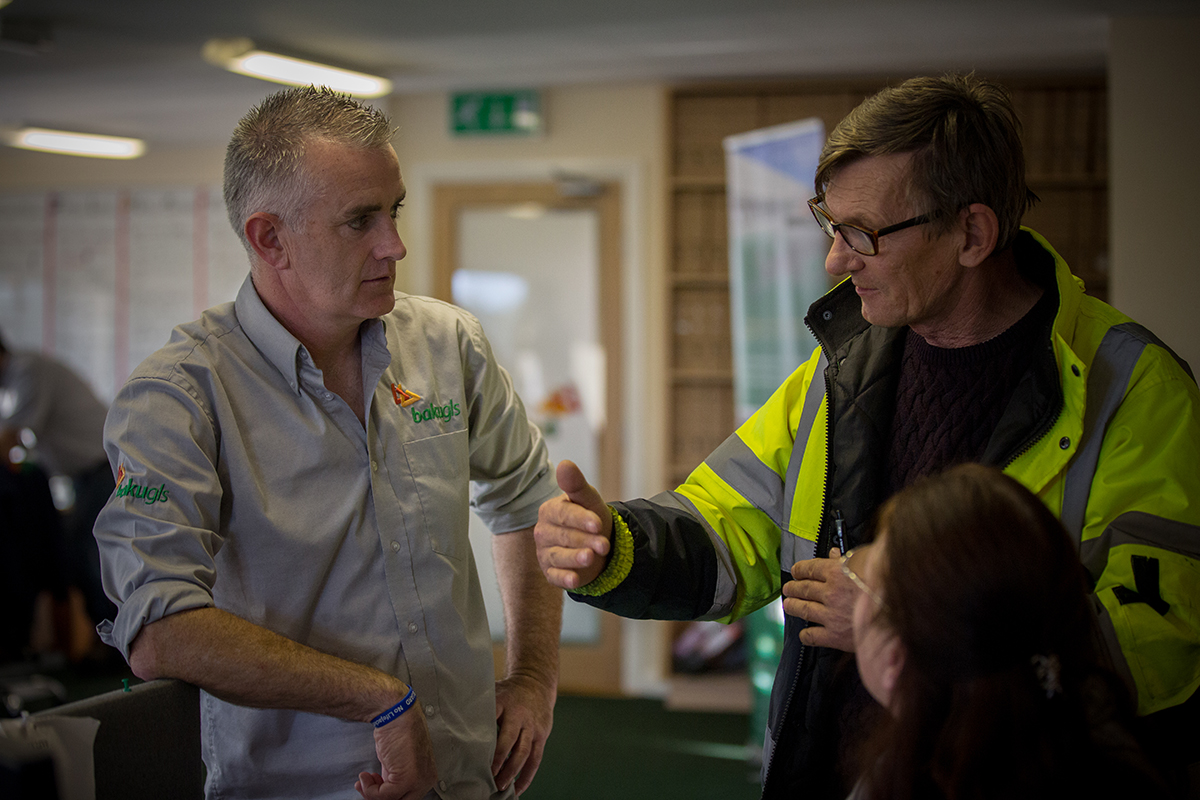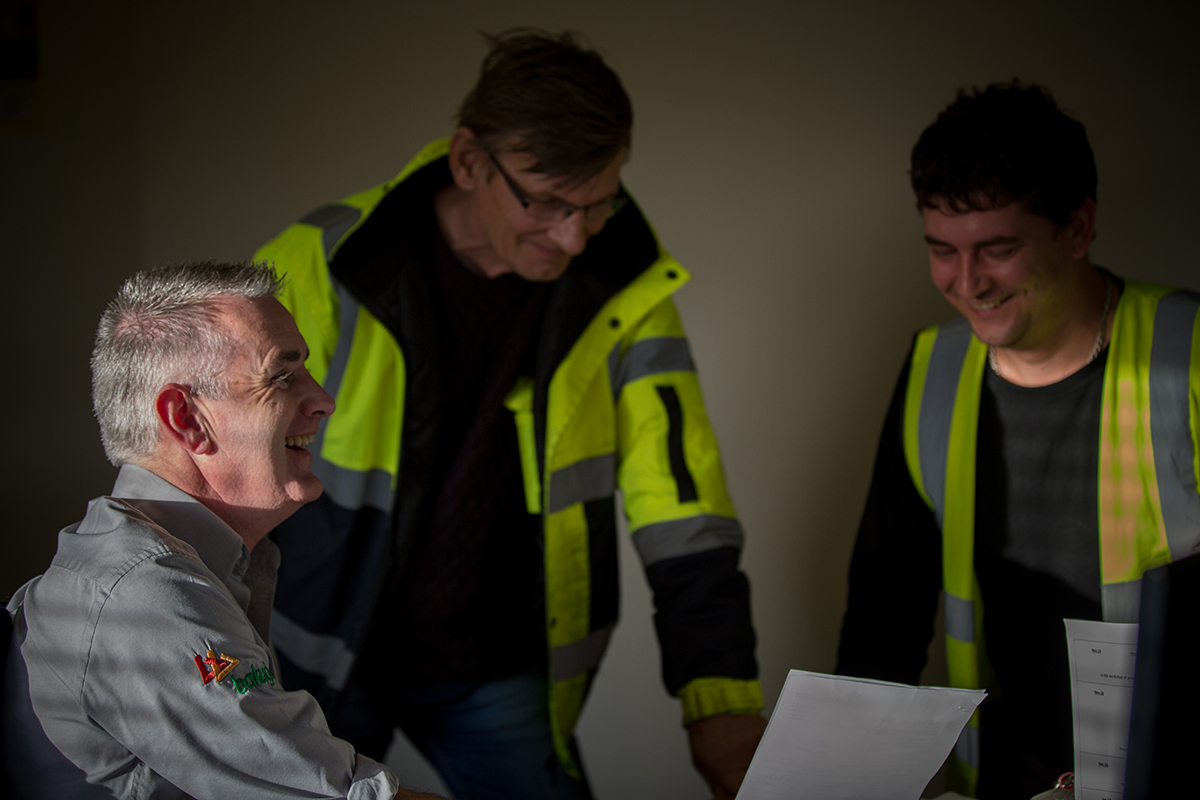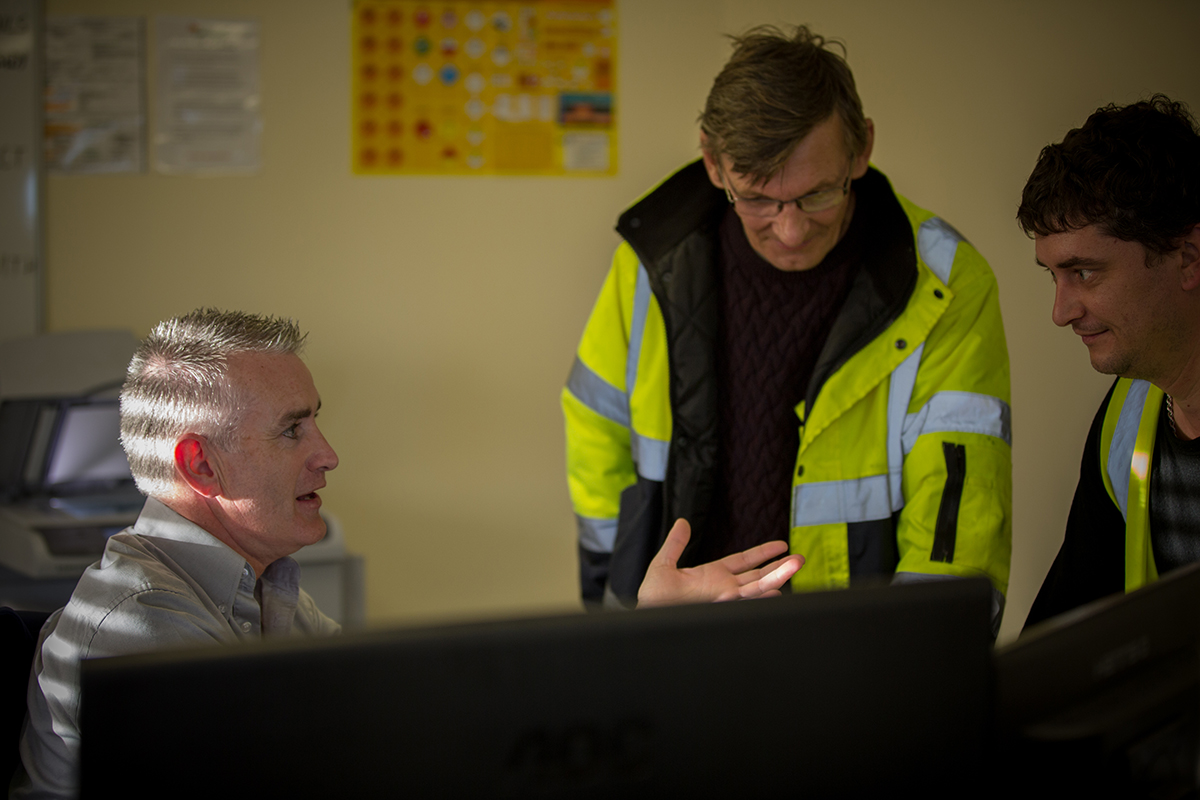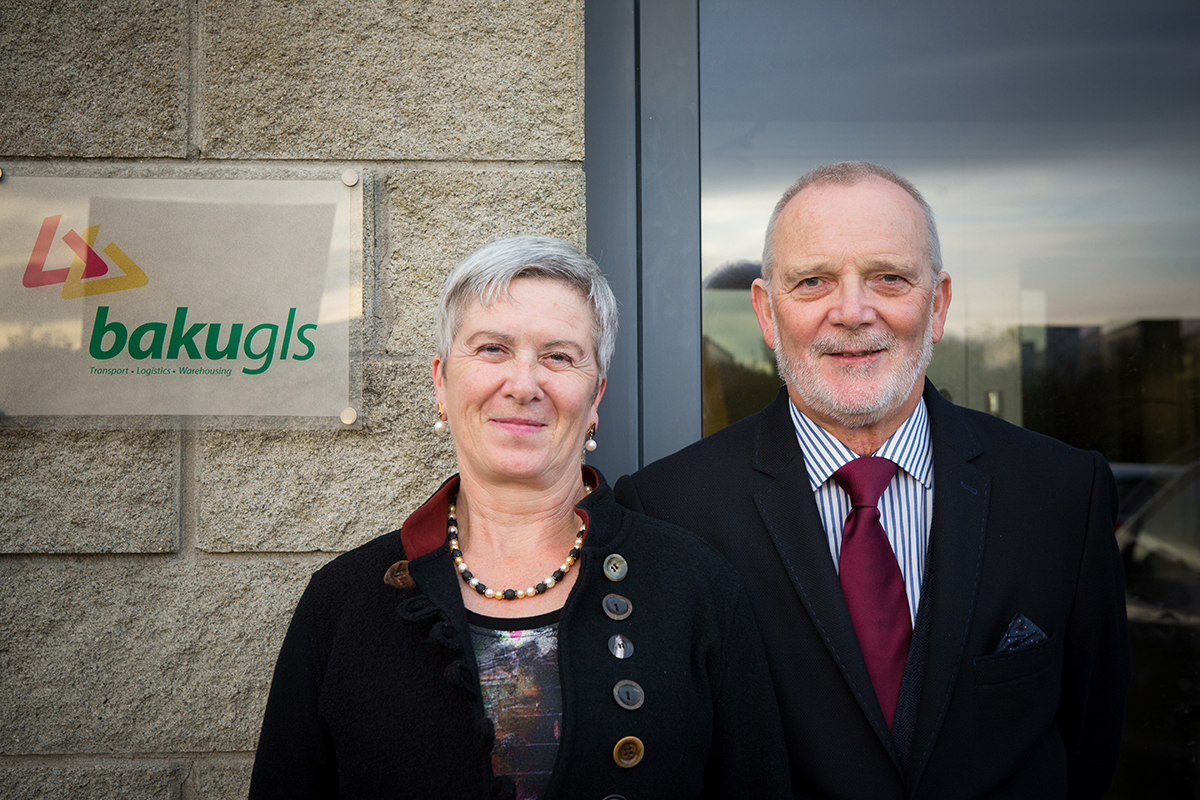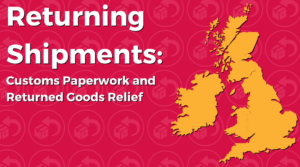
When a customer in the UK (or any other third country) wants to return goods to you, what goes on the customs form? What can you do to reclaim any VAT and duty that has already been paid?
In this guide, we’ll explain the basics of re-importing goods back into the EU. We’ll show you how to report returns, repairs and refunds, how and when you can reclaim duties, and why it’s so important to get your paperwork precisely right.
What Does Reimporting Mean?
When a non-EU customer needs to return goods to you, you need to complete a fresh customs declaration to cover the journey. Returned shipments don’t qualify as either an ‘export’ or an ‘import’; instead, they’re classed as a ‘re-import’.
The process of reimportation is covered by its own set of customs procedures and rules. It’s important to understand these rules, because you can only get a refund on the duty and VAT that was paid on the export/import if you use the correct customs procedure codes and if the shipment meets a strict set of conditions.
How To Re-Import Back Into EU Territory
To document an EU / third country return correctly, and to qualify for a refund of any customs duties that have already been paid, you need to do a few things:
1: Know the reason for return
There are lots of different reasons why your shipment might need to be returned to you. Goods may need to be repaired, the buyer may have ordered too much stock on a sale-or-return basis or you might be involved in a product recall of some sort. Whatever the reason for the return, you have to classify the goods under the right procedure code. There is a special coded instruction on all customs declaration forms that explains three things to the authorities:
- The location of the consignor (the person/business sending the goods. The consignor is normally the seller, but when you’re returning goods the consignor is the buyer).
- The location of the consignee (the person/business receiving the goods. Normally the buyer, but with a return it’s the seller)
- The reason for return (in other words, whether this good is coming back for a refund or repair work etc)
Based on the information you provide, the authorities then determine whether there is any duty or tax to pay (or whether you’re due a refund).
2: Meet the government’s rules
Every government has its own rules on when and how you can claim duty relief on returned goods. Generally speaking, in the Republic of Ireland (source), the following rules apply:
- You have 3 years in which to receive returned goods. If more than three years have passed since you exported those goods, you may not be able to claim back any duty and VAT paid. The time limits are shorter on certain goods (agri products, for instance, have a window of 12 months). If in doubt, you can get up-to-date information from the EU’s TARIC database.
- Goods should be in the same state ‘coming back’ as they were ‘going out’. Some minor repairs and packaging changes are allowed, but as a general rule, goods should be ‘still in the box’, untouched, unaltered and ready to be sold elsewhere.
- Returned goods should still have the exact same value. If your goods are worth more now than they were when you originally sold them, you need to declare this new value on your customs form, and you might be required to pay import VAT and customs duty on the difference.
- You need to prove that the goods being returned to you are the same goods that you sold. To do this, you need to be able to quote the Movement Reference Number (MRN) and export declaration from your original shipment. Your haulier may also need to make a digital declaration on Revenue.ie’s new customs system (AIS). If there are special or unusual circumstances behind the return, you might want to hold on to any written correspondence between the seller and the buyer, too.
3. Get help with the paperwork
Whether you’re looking for a refund on excise duty, VAT or tariffs, you need to tread carefully and get the paperwork 100% right. You need to know what you’re doing, and declare things in the right way, so that you don’t accidentally fall foul of the rules and trigger a heavy fine.
There are a few tricky technical questions you need to be able to answer, such as…
- Does your returned goods procedure undo any prior reliefs or preferences?
- Are your goods worth more as a result of the returns process?
- Is any compensatory interest due as a result of this return?
All of these questions have an impact on your claim for duty relief, and you have to be able answer each question with 100% confidence. If you don’t feel totally confident that you understand every question being asked of you (… or, indeed, if you don’t know the right answers), then it’s best to seek professional advice.
Customs Clearance Advice from Baku GLS
At Baku GLS, we have built up an effective, talented team of customs clearance experts. This year alone, we have completed thousands of complex customs forms for our clients. We have a lot of experience in moving goods between the EU and the UK and can walk you through any challenges you might be having.
If you would like to learn more, just give us a call. We’d be happy to explain the re-importing process in more depth (and answer any other customs questions you might be struggling with). Contact us and we’ll tell you more!




